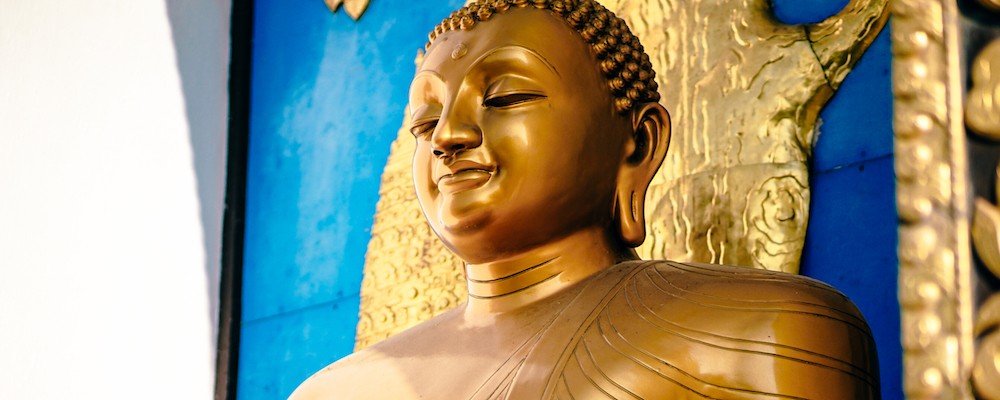Everything has a history, we are especially interested in the bodhi mala history, here at buddhistmala. Sometimes we forget that with the mundane things in life. Everything we see around us that we take for granted all has an origin story that one could call fascinating. This is about the origin of our inspired, mala prayer beads (as you would expect from us, here at Sakura!) While maybe not mundane, they are certainly colorfully storied…
The history of prayer beads for Buddhism begins like Buddhism itself in India. Mala (Sanskrit for ‘garland’) got its start in Hinduism. A garland of flowers was offered in appreciation to spiritual teachers. Later, instead of flowers, beads were used to count mantra recitations, as an aid to meditation. They had different numbers of beads depending on the tradition. Followers of Siva (called Shaivites) used between 32 and 108 large rudraksha beads made from the seeds of a tree native to Java (in Indonesia.) The rough and rigid seeds represented the hard life a devotee of Siva would be required to practice. Followers of Vishnu (Vaishnavites) also usually had 108 beads as well and were carved from wood from the sacred basil shrub or tulsi. In the west, Yoga traditions now will often use rudraksaha beads.
As an interesting side note, the English word ‘rosary’ is thought to have come from the Sanskrit words jap mala. When Roman explorers came to India and were shown jap mala, they misunderstood the meaning, as ‘jap’ was the Roman word for ‘rose.’ Thus the mala was carried back to Rome as ‘rosarium’ which is the root of ‘rosary.’ So, we can see the etymological evolution of how we come to use the word rosary for prayer beads!
Mala typically consisted of strands of these 108 beads as well. Symbolically, it represents the impurities that one must overcome. This reflects Buddhisms historical connection to Hinduism, which is far older. Most Monks wear 108 beads in representing the overcoming of 108 impurities, whereas others will use a 1/2 or quarter mala.
Mantras are used to calm and still the mind, to progress towards enlightenment. Buddhist prayer beads have traditionally been made from the wood or seeds of the sacred ancient Bodhi tree. These beads age and become more beautiful over time, and have become quite costly these days, even thousands of dollars for the desired smaller sizes. As Buddhism spread throughout Asia, it was influenced by various cultures that touched it and doing so brought on a whole new batch of materials, and we at Sakura, offer over 400 different styles, Bodhi, Woods and Gemstones.
A great source of knowledge for beads is The history of beads : from 30,000 B.C. to the present by Lois Sherr Dubin.
Next time you look at your mala, you can get a new understanding as to why they are the way they are. And a little understanding is a great thing, to appreciate your new set of sacred prayer beads! We love making them here for you, and thanks for reading!











I am sure the blogger must love jewelry and beads, and me too. Just as you say in your articles, every piece of jewelry are wonderful.